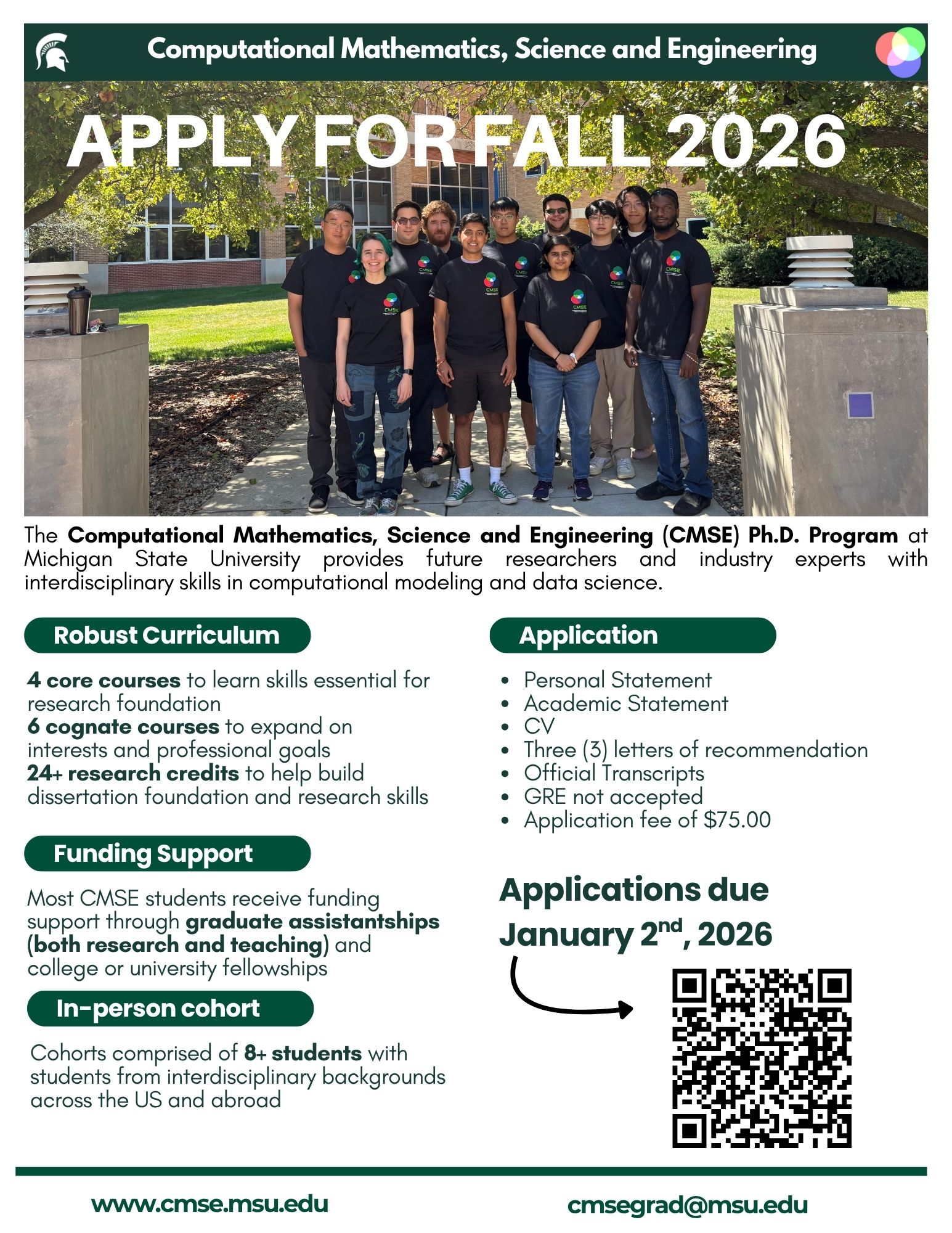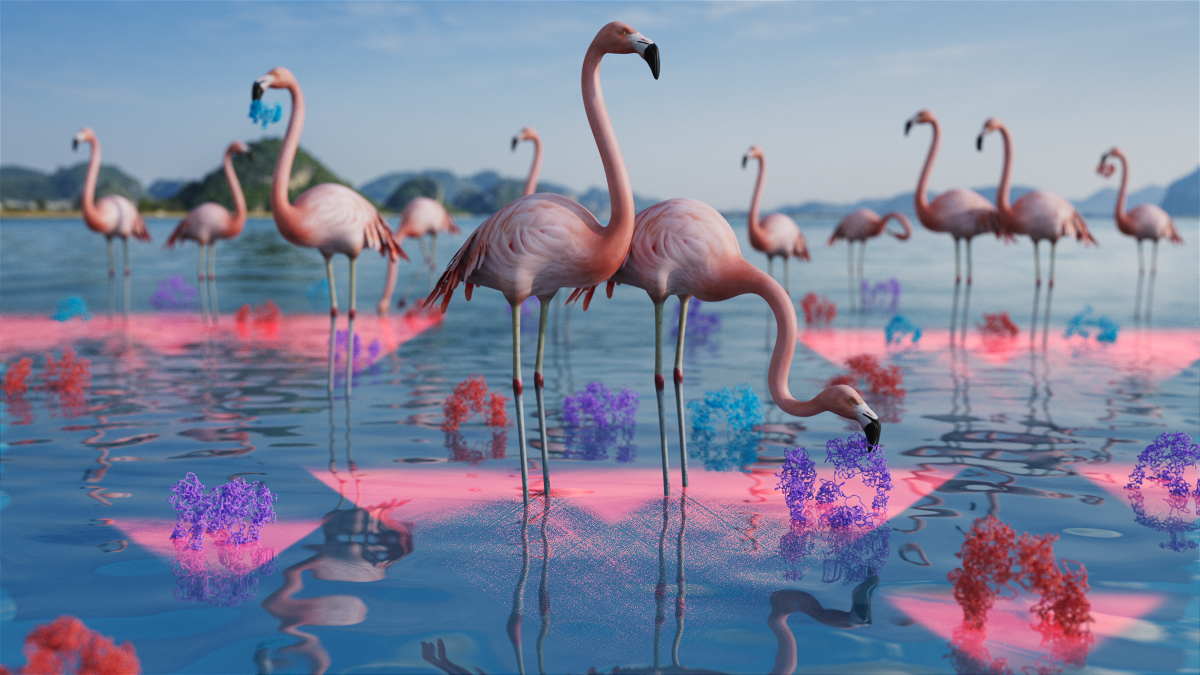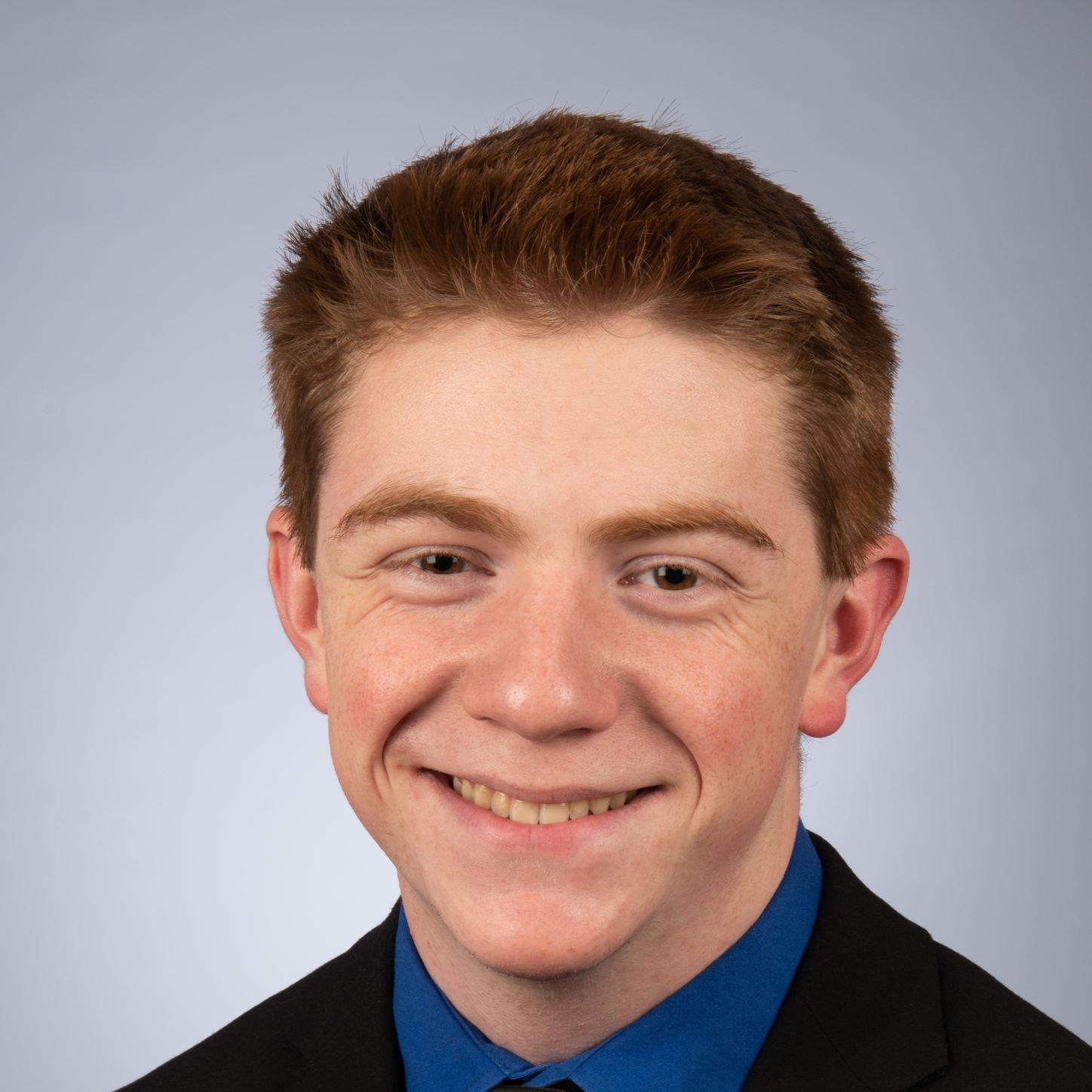Department of Computational Mathematics, Science & Engineering Michigan State University Dissertation Defense Notice
Tuesday, June 13 at 2:00pm
Meeting ID: 923 9950 8266
Passcode: 0613
STATISTICAL SIGNAL PROCESSING APPROACHES FOR MULTI-REFERENCEALIGNMENT AND NEURAL TEXTURE SYNTHESIS
by
Liping Yin
Statistical signal processing plays a crucial role in numerous fields of modern technology and science. Some of the important applications include extracting signals from noisy data, processing images and videos for tasks like compression and enhancement, and analyzing time-varying data, such as climate data and asset prices.In this dissertation, we address two problems related to statistical signal/image processing.
The first issue involves a generalized version of the multi-reference alignment problem in one dimension, inspired by modern data applications such as cryo-electron microscopy. The objective is to recover an unknown signal from multiple observations that have been translated, dilated, and corrupted by additive noise. In the presence of large dilations and corruptions, observational data do not resemble the underlying signal. Although current approaches in the field have shown empirical success in the absence of dilations, no approach has successfully provided convergence guarantees for signal inversion while dilating, translating, and corrupting observational data all at once. Thus, we propose an unbiased estimator for the bispectrum of the unknown signal which depends on the corrupted samples and knowledge of the dilation distribution. To validate our proposed estimator, we use it for bispectrum recovery, and invert the recovered bispectrum to achieve full signal inversion.
The second problem concerns neural texture synthesis, which is important for understanding how humans perceive texture. Current approaches require regularization terms or some type of supervision to capture long range constraints, such as the alignment of bricks, in images. To remedy this issue, we propose a new set of statistics for examplar-based neural texture synthesis based on Sliced Wasserstein Loss, and augment our proposed algorithm with a multi-scale synthesis process. Based on qualitative and quantitative experiments, our results are comparable or better than current state of the art methods
Committee (Alphabetical Order):
Dr. Yingda ChengDr. Di Liu (Chair)
Dr. Anna Little, University of Utah
Dr. Ekaterina Rapinchuk
Dr. Yuying Xie (Chair)



